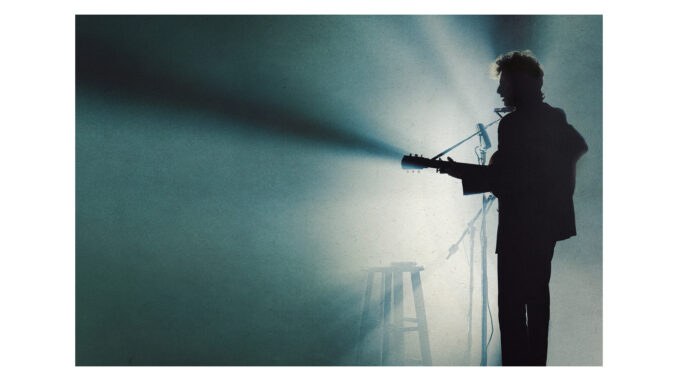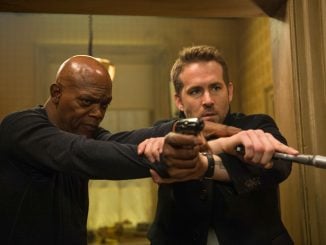
“A Complete Unknown” certainly lives up to its title. You are hardly closer to understanding the soul of Bob Dylan after watching more than two hours of this moody look at America’s most enigmatic troubadour. But that’s not the point of James Mangold’s biopic: It’s not who Dylan is but what he does to us.
Mangold — who directed and co-wrote the screenplay with Jay Cocks — doesn’t do a traditional cradle-to-the-near-grave treatment. He concentrates on the few crucial years between when Dylan arrived in New York in 1961 and when he blew the doors off the Newport Folk Festival in 1965 by adding a Fender Stratocaster.
That means we never learn anything about Dylan before he arrives in Manhattan’s Greenwich Village with a guitar, a wool-lined bomber jacket, a fisherman’s cap and ambition. And Dylan being Dylan, we just get scraps after that.
The world spins around him, this uber-cypher of American song. Women fall in love with him, musicians seek his orbit, fans demand his autograph, record executives fight over his signature. The Cuban Missile Crisis melds into the Kennedy assassination and the March on Washington. What does Dylan make of all this? The answer is blowing in the wind.
Any sane actor would run away from this assignment. Not Timothée Chalamet, and “A Complete Unknown” is his most ambitious work to date, asking him not only to play insecure-within-a-sneer but also to play and sing 40 songs in Dylan’s unmistakable growl, complete with blustery harmonica. Daniel Craig has been called brave for his role this awards season in “Queer.” Try playing “Subterranean Homesick Blues” in front of a crowd.
The last big nondocumentary attempt to understand Dylan was Todd Haynes’ “I’m Not There,” which split the assignment among seven actors. Chalamet does it all, moving from callow, fresh-faced songsmith to arrogant, selfish New Yorker to jaded, staggering pop star to angry young man. There are moments when Chalamet tilts his head down and looks at the world slyly, like Princess Diana.
In some ways, “A Complete Unknown” uses some of the DNA from “I’m Not There.” The best clues to what’s going on behind Dylan’s shades are the refracted light from others, like Joan Baez, Johnny Cash, Woody Guthrie, Pete Seeger and a girlfriend called Sylvie Russo, based on Dylan’s ex Suze Rotolo, who is pictured on 1963’s album cover for “The Freewheelin’ Bob Dylan.”
Edward Norton is a hangdog Seeger hoping to harness Dylan for the goodness of folk, astonished by his talent. Monica Barbaro is a revelation as Baez, Dylan’s on-again-off-again paramour. Boyd Holbrook is a sharklike, disrupting Cash, with the movie’s best line: “Make some noise, B.D. Track some mud on the carpet.” And Elle Fanning is captivating as Russo, the sweetheart sucked into this crazy rock drama.
It’s Baez and Russo who dig the deepest into trying to find out who Dylan is. They don’t buy his stories about learning from the carnival and call him on his facade-building. “I don’t know you,” Russo says, calling him a “mysterious minstrel” and urging him to “stop hiding.” Too late, sister.
There are some lovely moments, especially the morning after Baez spends the night and she wakes to him working on “Blowin’ in the Wind.” They spar a bit (he calls her songs “oil paintings at a dentist office,” and she calls him worse than a jerk), but they come together on the side of his bed in their underwear, he is fumbling through what will be one of the greatest protest songs in history, and she is supplying delicate harmony.
Mangold — who directed the Cash biopic “Walk the Line” — is always good with music and clearly loves being in this world. There’s one scene that initially puzzles — Dylan stops on the street to buy a toy whistle — and you wonder why the director has wasted our time. Then we see Dylan pull it out at the top of the recording of “Highway 61 Revisited,” and suddenly, it answers all those years of wondering what that crazy sound was.
There are points to quibble — Dylan never faced a shout of “Judas!” from an enraged folkie at Newport; that came a year later in Manchester — but “A Complete Unknown” is utterly fascinating, capturing a moment in time when songs had weight, when they could move the culture — even if the singer who made them was as puzzling as a rolling stone.


